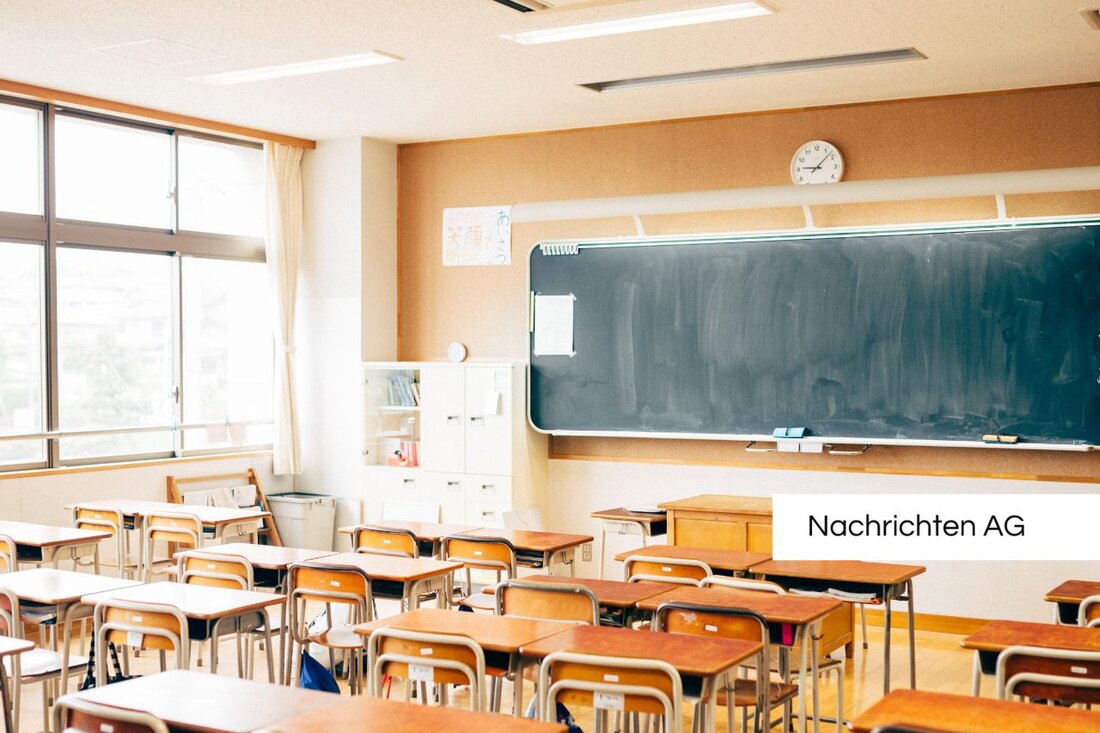Mobile phone use in everyday life: gap between duty and freedom!
Mobile phone use in everyday life: gap between duty and freedom!
In view of the increasing use of smartphone for young people,The influence of the cell phone on the everyday life of young people is discussed in the mini series “My cell phone and I”. Dolomitenstadt presented stories from several users, including Joyribbitsch, a 14-year-old student from Irschen who received his first cell phone at the age of 11. His Samsung Galaxy is not only a means of communication, but also a platform for his creative activities; The most used apps are ibispaint for drawing, YouTube and Google, and its average screen time is four hours a day.
JYRIBBISCH describes that he often only uses his cell phone if necessary. In the morning it is available for alarm functions and for checking messages. The student has an ambivalent relationship with his device: Although he says that he would throw his cell phone away, he also feels under pressure to be online constantly. When scrolling through it, he often forgets important things, whereby the pressure to be connected to others should not be underestimated.
Health aspects of smartphone use
The World Health Organization (WHO) reported recently about the effects of the mental health on the mental health. According to this, 11 % of young people show signs of problematic behavior in terms of social media, whereby girls are affected by 13 % higher than boys with 9 %. The constant contact with friends, especially 15-year-old girls, is significant at 44 %.
media literacy and school support
A study by the Media Educational Research Association Southwest shows that 94 % of 12- to 13-year-olds have a smartphone and 95 % of those surveyed between the ages of 12 and 19 use the Internet every day. bpb.de emphasizes that the most popular social media are Instagram, Tiktok and YouTube. These platforms offer orientation for social identity, promote bonds and reduce loneliness, but can also trigger group compulsion and risky behavior.
The role of parents and schools is crucial to convey the necessary media literacy. Talks about the content and dealing with social media are essential. Many young people find dealing with the Internet at school as too restrictive, which makes it difficult to impart important skills. Only a quarter of the young people indicate to be able to clarify content at school.
Overall, the discussion about smartphone use shows that media literacy is essential for the promotion of healthy handling of digital media. Whether in class or in the family, the dialogue about digital well -being must be intensified to support the youngsters.
| Details | |
|---|---|
| Ort | Irschen, Österreich |
| Quellen | |


Kommentare (0)